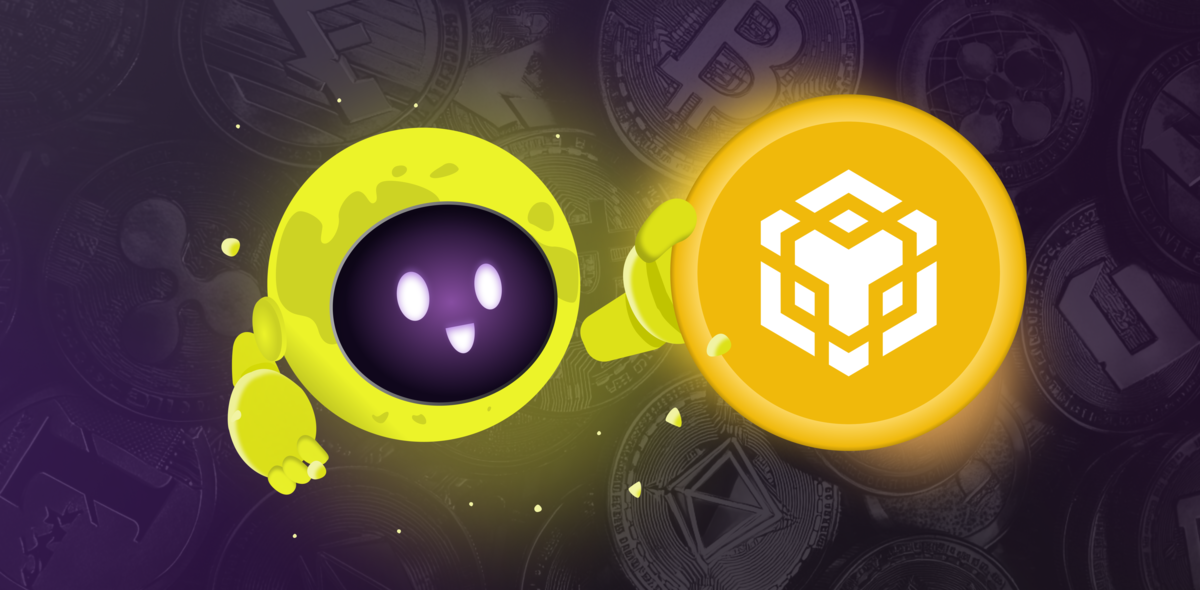
Token listing on major cryptocurrency exchanges like Binance is an essential part of the success and liquidity of a digital asset. Being listed on a prominent platform brings significant visibility, increased trading volume, and a mark of credibility. However, delisting can occur for various reasons, impacting both the project and its investors. Recently, Binance announced the delisting of Waves (WAVES), OMG Network (OMG), NEM (XEM), and Wrapped NXM (WNXM), which has shaken the crypto community. We will explore the reasons leading to token delistings on exchanges like Binance and how they affect token prices.
Reasons for token delisting
Regulatory compliance
One of the main reasons tokens are getting delisted is regulatory compliance. Exchanges like Binance work in various jurisdictions, each with its own regulatory framework. To remain compliant, exchanges have to review their listed assets from time to time to ensure they meet the regulatory requirements. The review criteria include the dedication of the development team, the quality and level of development activity, trading volume, liquidity, network stability, public communication, and the contribution to a sustainable crypto ecosystem. This helps exchanges avoid hefty fines or operational bans, allowing them to continue operating smoothly.
For instance, in 2020, Binance delisted several tokens, including BitTorrent (BTT), because of regulatory concerns in certain countries. When the token can’t comply with regulations, it can lead to huge fines and restrictions on the operations, forcing exchanges to delist non-compliant assets before the problem arises.
Another example is delisting of Aragon (ANT), Multichain (MULTI), Vai (VAI), and Monero (XMR) on February 20, 2024. This decision was part of Binance's routine evaluation process, which ensures that all listed tokens meet the exchange's high standards.
Low trading volume
Low trading volume is another important factor leading to delisting. Exchanges usually earn from transaction fees, so tokens with minimal trading activity are less profitable. Moreover, low trading volumes can show that investors started losing interest in the token or that the project itself is failing. In the recent case, Binance delisted WAVES, OMG, XEM, and WNXM as they weren’t able to meet the exchange's standards and industry requirements. Delisting such tokens helps exchanges improve their offerings and focus on assets with higher trading activity and investor interest.
Similarly, in 2021, Binance delisted tokens like Harmony (ONE) and Storj (STORJ) for low trading volume and liquidity issues. Delisting such tokens helps exchanges streamline their offerings and focus on assets with higher trading activity and investor interest.
Project failures and scams
Cryptocurrency projects can fail or turn out to be scams, making exchanges to delist their tokens to protect investors. Projects that fail to deliver on their promises or follow up with their plans will most likely face delisting. Removing such projects is the way for the exchanges to maintain their reputation and protect their customers from potential threats and possible losses caused by fraudulent or defunct projects.
Impact of delisting on token prices
The delisting of a token usually leads to a sharp decline in its price. The loss of access to a major trading platform reduces the token's liquidity and visibility, causing a drop in investor confidence. Following Binance's recent announcement, the prices of WAVES, OMG, XEM, and WNXM tumbled significantly, with WAVES dropping over 25% and trading at $1.77. The trading volume of WAVES jumped over 900% as traders and investors made quick readjustments to their holdings. Similarly, OMG, WNXM and XEM prices dropped over 25%, 3%, and 29%, respectively. The delisting announcement often triggers negative sentiment, contributing to the price decline.
Interestingly, the announcement caused massive futures trading, with WAVES, OMG, and XEM futures open interest jumping over 100%. This move was likely triggered by a change in margins and readjustments to trade.
Four months after Monero (XMR) experienced a significant drop in early February due to its delisting from Binance and other major cryptocurrency exchanges, it successfully rebounded and surpassed its previous levels. By June 7, 2024, Monero rose by 25%, climbing above the value from which it had collapsed.
Strategies for investors
Diversification
Investors can reduce the risks associated with token delisting by diversifying their portfolios. Holding a mix of established cryptocurrencies and newer, promising tokens can lessen the impact of any single token's delisting. Diversification spreads risk across various assets, ensuring that a delisting event doesn't significantly affect the overall portfolio value.
Staying informed
Keeping abreast of news and updates from both the exchange and the token projects is a way to understand the market. Investors should monitor announcements related to regulatory changes, project developments, and exchange policies. Early awareness of potential delisting risks can provide investors with the opportunity to make informed decisions, such as selling the token before the delisting happens.
Utilizing alternative exchanges
If a token is delisted from a major exchange like Binance, it may still be traded on smaller or decentralized exchanges. Investors can use the move to these platforms and trade their delisted tokens, but with lower liquidity and higher risks. Having accounts on multiple exchanges can offer flexibility and reduce the impact of a token's delisting from a single platform.
Conclusion
Token delisting from major exchanges like Binance can significantly impact the token's price and investor sentiment. Understanding the reasons behind delisting, such as regulatory compliance, low trading volume, and project failures, can help investors understand the risks and take action to reduce them. By adopting strategies like diversification, staying informed, and utilizing alternative exchanges, investors can better manage their portfolios and mitigate the adverse effects of token delisting.
In summary, while token delisting can be challenging, being prepared and proactive can help investors protect their investments and continue to thrive in the dynamic cryptocurrency market.




